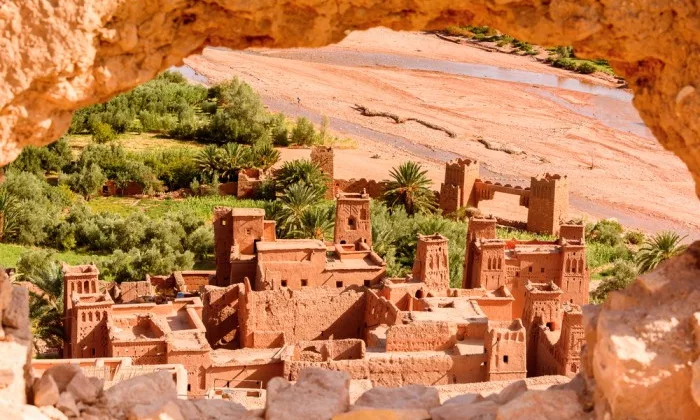Tourism Recovery in North Africa: Key Cities Show Positive Signs of Growth

SUMMARY – TOURISM RECOVERY IN NORTH AFRICA: POSITIVE SIGNS OF GROWTH IN KEY CITIES AS ECONOMIES AND EMPLOYMENT REBOUND. GOVERNMENT SUPPORT CRITICAL FOR SUSTAINED PROGRESS.
A recent report by the World Travel & Tourism Council (WTTC) highlights promising signs of tourism recovery in North African cities, providing a significant boost to regional economies. The study, conducted in collaboration with Oxford Economics, analyzed crucial indicators such as the sector’s GDP contribution, employment rates, and traveler spending.
The findings reveal that Cairo, Marrakech, and Tunis are all experiencing a rebound, with their direct GDP contribution, sector jobs, and visitor spending approaching pre-pandemic levels. In 2019, Cairo’s tourism sector contributed over $5.6 billion to the local economy, while Marrakech and Tunis received more than $1 billion and over $1.2 billion, respectively.
However, the pandemic severely impacted the region’s economies as borders closed and international travel came to a halt. Extended border closures in source markets such as Germany, the UK, and Italy significantly affected visitor numbers and, consequently, the sector’s GDP across North Africa.
Tourism Sector Decline in 2020 and Gradual Recovery
In 2020, the tourism sector in all three cities experienced a sharp decline. Cairo’s GDP contribution dropped to $1.95 billion, Marrakech witnessed a decline to $497 million, and Tunis fell to $450 million. Nonetheless, with the lifting of international travel restrictions, these cities have demonstrated gradual recovery over the past two years.
Looking ahead, Cairo’s tourism sector is projected to reach over $4 billion in 2022, representing a 28% decline from 2019 levels. In Marrakech, the sector is expected to reach nearly $870 million, down 17% from 2019, while Tunis is predicted to reach almost $880 million, a 29% decrease from 2019.
Employment in the sector is also showing positive signs of growth. In Cairo, the number of jobs plummeted to just under 139,000 in 2020 (-44%). However, in 2021, employment rebounded by 25% to almost 174,000 jobs, and a further 20% growth is expected in 2022. Similar trends are observed in Marrakech and Tunis, indicating an overall recovery in employment rates that aid Tourism Recovery in North Africa.
READ: Africa’s Tourism Recovery Will Need Healthy Hotel Pipeline
WTTC Forecasts Significant Increase in Sector Contribution
WTTC forecasts a significant increase in the sector’s contribution to these cities over the next decade, amounting to more than $7.4 billion. By 2032, the combined contribution is projected to reach $13.3 billion. Cairo’s tourism sector is expected to exceed $9.1 billion, Marrakech’s will provide a boost of almost $1.4 billion, and Tunis is predicted to reach $1.85 billion.
Julia Simpson, WTTC President & CEO, stresses the importance of government recognition in supporting tourism recovery in North Africa. Continued collaboration between national and local governments is vital for sustaining the positive momentum, which benefits the local and national economies, jobs, and businesses.
RELATED
Ultra-luxury Nobu Hotel Marrakech to open in Morocco on January 23
Tunisia to Hold Regional Employment Events Offering 4,000 Jobs in the Tourism Sector
Middle East and Africa (MEA) Leads Hotel Pipeline Growth in Q3


